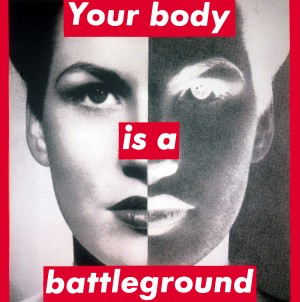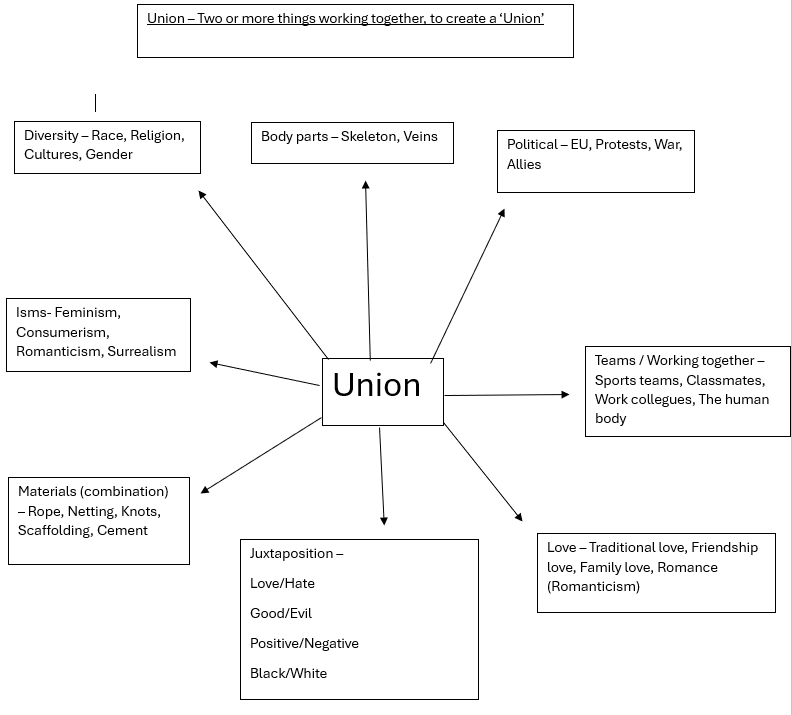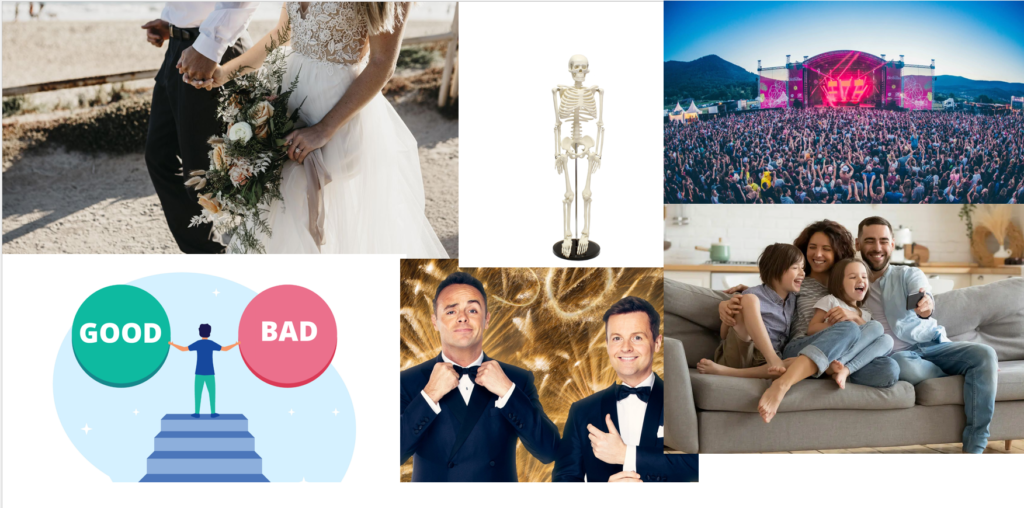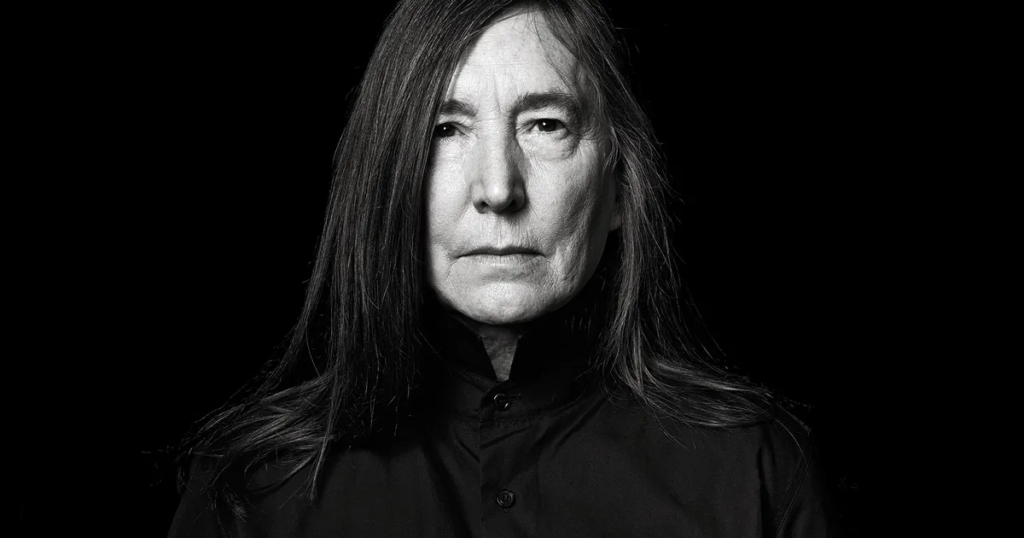
Jenny Holzer is an American neo-conceptual artist. Her work focuses on the delivery of words and ideas in public spaces and includes large-scale installations, advertising billboards, projections on buildings and other structures, and illuminated electronic displays. Holzer belongs to the feminist branch of a generation of artists that emerged around 1980
Holzer is known as a neo-conceptual artist. Most of her work is presented in public spaces and includes words and ideas, in the form of text art. Her large installations have included advertising billboards, projections on buildings and other architectural structures, and illuminated electronic displays. LED signs have become her most visible medium, although her diverse practice incorporates a wide array of media including street posters, painted signs, stone benches, paintings, photographs, sound, video, projections and the Internet. Text-based light projections have been central to Holzer’s practice since 1996. From 2010, her LED signs started becoming more sculptural.
Jenny Holzer only uses capital letters in her work and frequently words or phrases are italicized. She has stated before that this is because she wants to “show some sense of urgency and to speak a bit loudly”.
The subject of Holzer’s work relates to feminism and sexism. Her work discusses subjects such as sexual assault against women. She has said that she gravitates towards subjects such as this due to family dysfunction she has experienced and because she claims “we don’t need work on joy.”
Mood Board
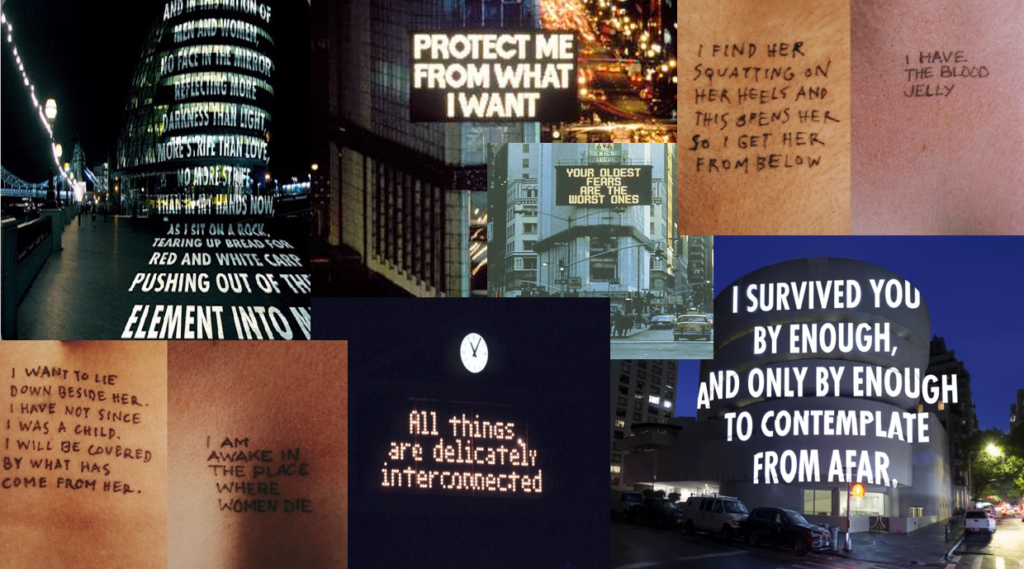
Image analysis
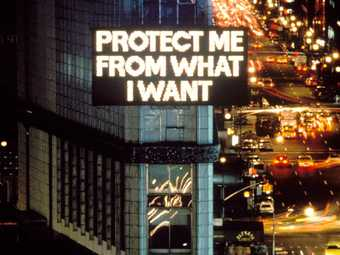
This image quoting ‘Protect me from what I want’ is a statement which can be interpreted in many ways. The first thing I thought of when I read this statement was consumerism as its in big bold writing on a billboard in a busy city. It can be meaning purchasing something and wanting someone to stop you from buying that and I view it as a form of self-sabotage from wanting someone to protect you from buying something. But knowing her work on feminism and sexual assault it can also mean the thought of wanting a relationship but doubting or regretting that thought as the person knows its wrong but wants it anyway. This being advertised on a large building in a busy city represents the fact that this may happen to so many people or that so many people can see this but nobody wants to help, as it is on a large billboard sign and being shown to a whole city.
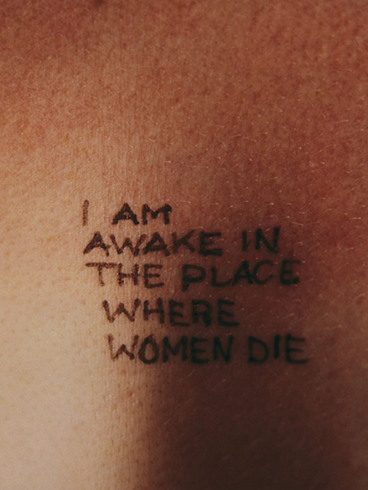
These images are from Jenny Holzer’s “Lustmord” work. The word “Lustmord” is a German word translating to ‘sexual murder’ in English. This work shines a light on sexual assault. Her work is viewed in three different perspectives of the crime, the offender, the victim and an observer. I have chosen to analyse an image that has an objective perspective where it can be written by all three. It can be from the offenders of him being in a place where only women die from as he has sexually assaulted her. The victims perspective, where she is in a position where she is still alive but about to be assaulted, or the observers where he is observing the assault and stating that he is watching the assault happen. The pen ink written on the skin shows a permanent mark left on all three perspectives from being involved in this crime.



